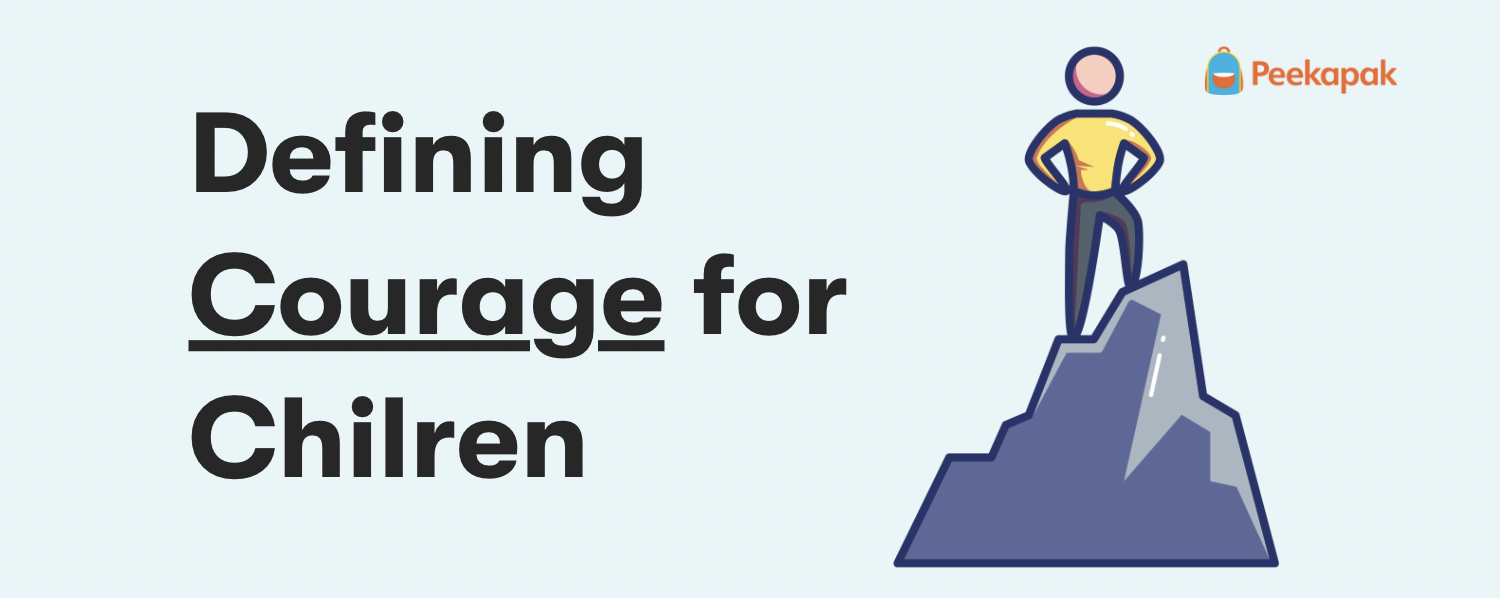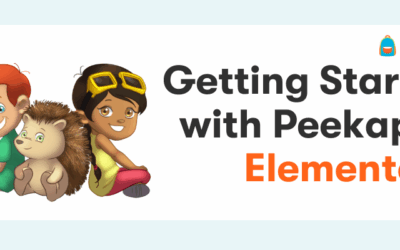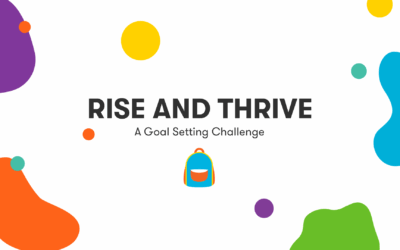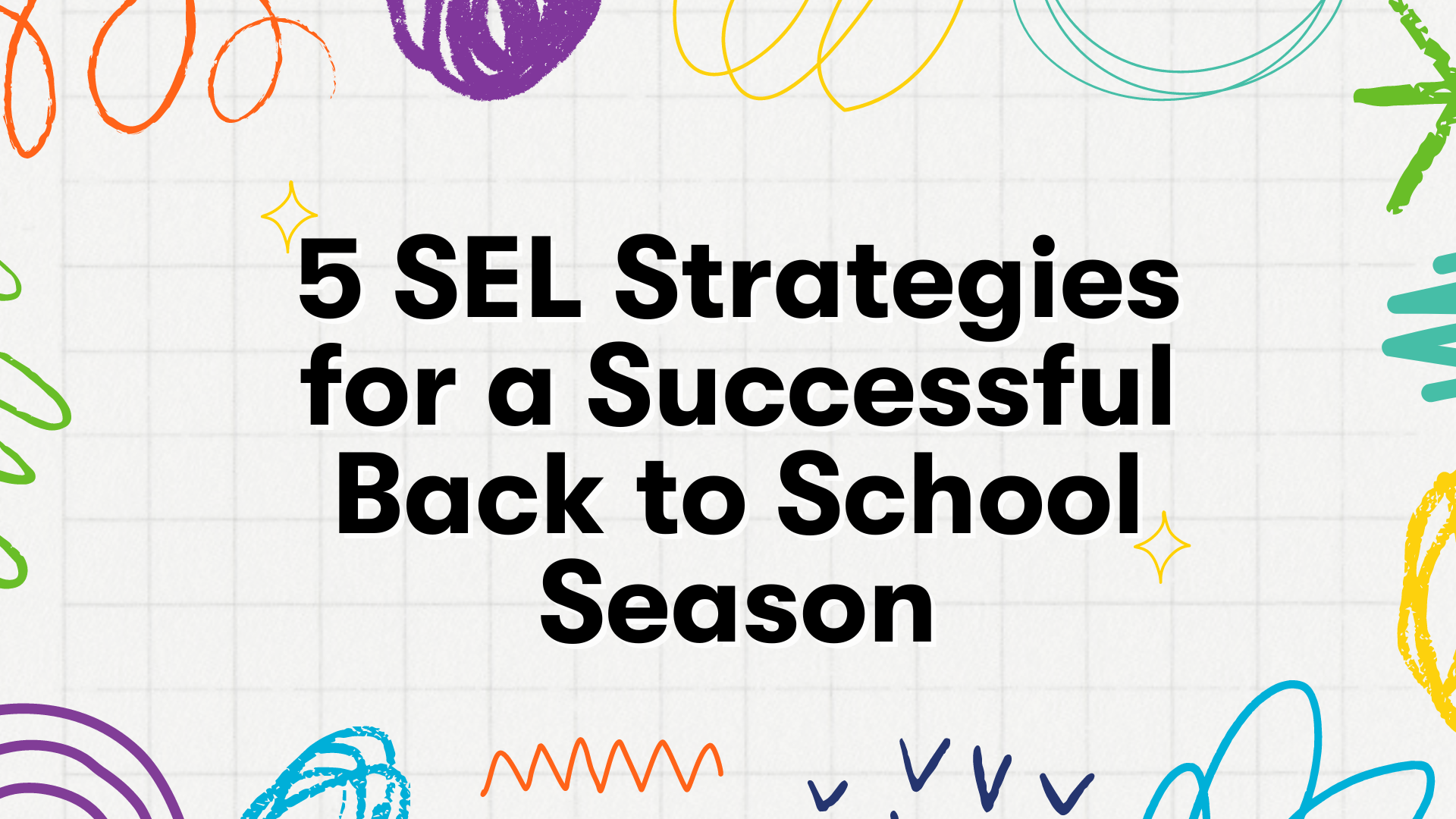Why is it important to teach children about courage?
Throughout the early years of a child’s development, parents and teachers support and protect children as they encounter fear. It is our role to model the power of courage and act optimistically in the event of a risk or adversity. As children develop a sense of independence, they begin to notice the impact of acting with courage and can acknowledge acts of heroism displayed by others. To support this awareness, children need to participate in activities that encourage risk and help them practice managing their fear. Tip: For classroom activities and home discussion questions about courage, log in or sign up for a free Peekapak account at www.peekapak.com.
What does the research say?
Research suggests that students who are open to taking risks and challenging their boundaries are more likely to succeed academically and socially and to develop a sense of confidence. According to Erik Erikson’s stages of psycho-social development, children are learning how to develop mastery of the world around them … and it is through this need to experience mastery and seek out novel tasks (with the risk of failing) that children develop courage, confidence, and independence. Through learning about the impact of courage, children also learn the skills necessary to show compassion and care for themselves and others.
Linking courage with perseverance, mindfulness, and optimism
At Peekapak, we selected courage as our last unit of the year because it’s a great opportunity for students to put what they’ve previously learned about perseverance into action. After all, courage is persevering despite adversity and thinking mindfully about our fears. Courage isn’t something that suddenly materializes when we need it. It’s a choice that we are capable of making and part of a mindset that we can all adopt. It involves teaching children about perseverance, mindfulness and optimism!
When children persevere, they begin adopting a growth mindset – an understanding that it is okay to fail and that challenges can be viewed as learning opportunities. There are opportunities for us to foster this every day with children of any age. For example, when your child knocks over his or her tower of blocks, notice the feelings of frustration that may be triggered and provide support and encouragement on how to continue on with the task. Instead of hearing: “I can’t,” or “I’m too scared,” encourage your child to say: “I’ll try again.”
Mindfulness happens when we focus on the present and develop an acceptance of our feelings, thoughts, and bodies. When children think mindfully about their fears, they are able to manage their emotions from a place of alarm back to a place of calm. Additionally, they develop a sense of self-awareness where they are able to independently see the value in their fear and respond appropriately. For young children, this could mean identifying a feeling and the physiological body changes that come with it.
Understanding courage helps children do what they feel is right (even when it conflicts with the opinions or actions of others) and try new things, despite fears and reservations. It’s important for children to understand that courage can be seen in the actions of everyday individuals (not just superheroes on TV) and that it’s okay to feel afraid!
The next time your child is contemplating whether or not to face a fear, remind them about the skills we’ve discussed today! It’s worth taking the risk!
Looking for a technology-based platform to teach empathy and other social-emotional skills for K12 students? Look no further than Peekapak. Peekapak is an award-winning, social & emotional learning (SEL) platform that leverages engaging lessons, stories and digital games in the classroom and the home. Developed by education experts, Peekapak’s innovative curriculum teaching skills like gratitude, empathy, and self-regulation within literacy, reading, and writing-based learning curriculum.





